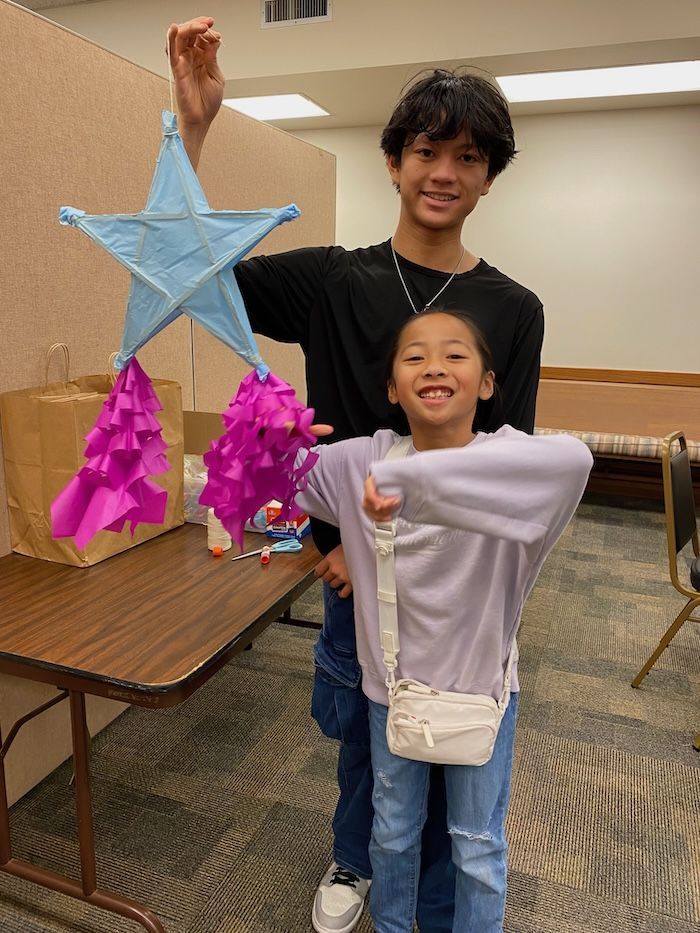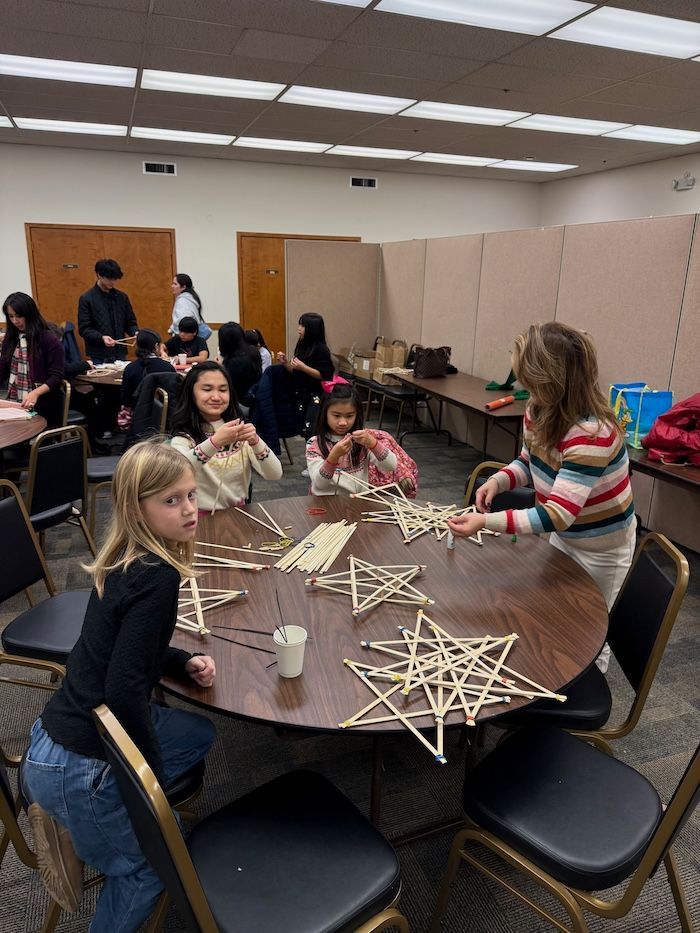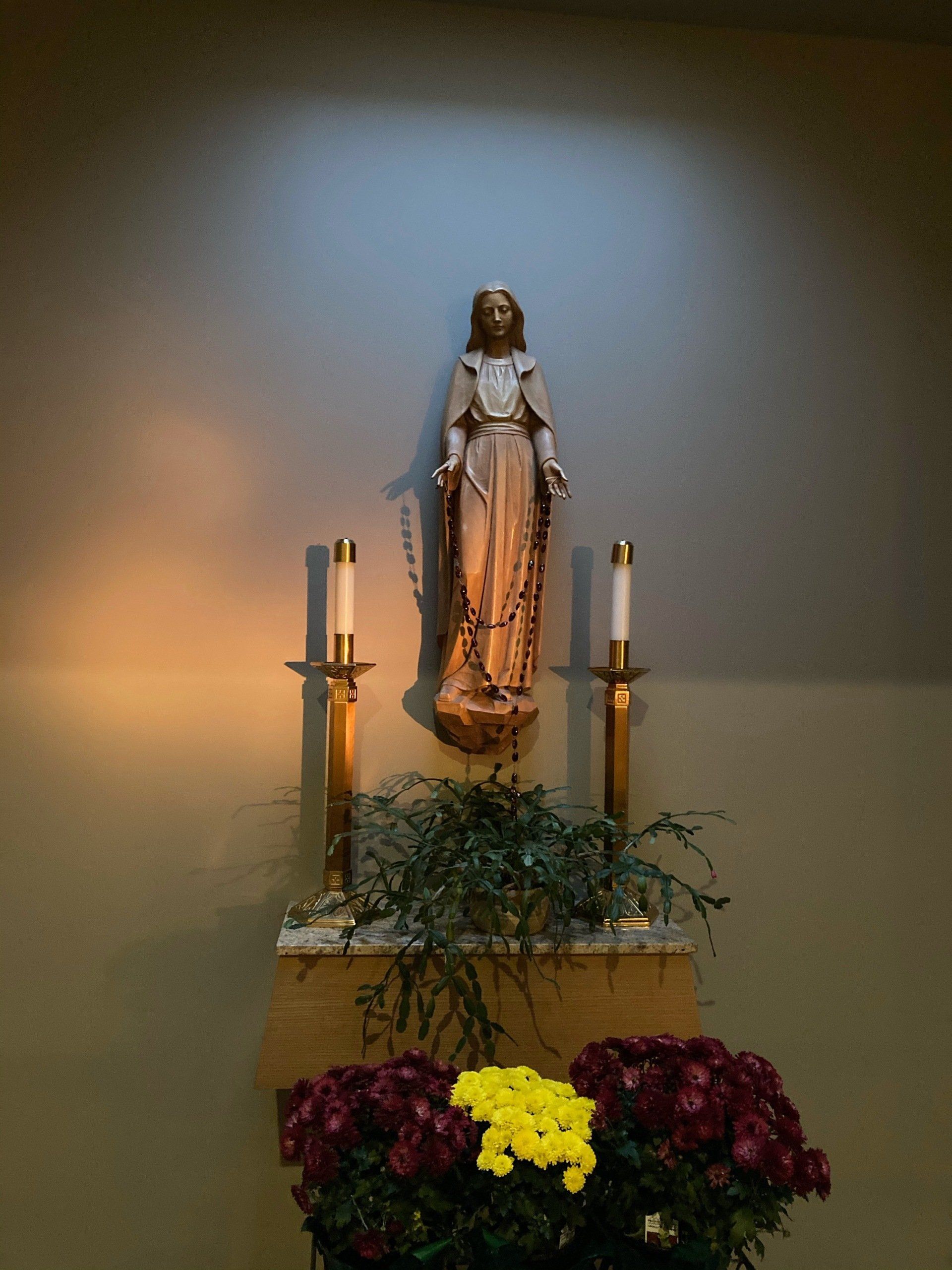Simbang Gabi Masses
Live streamed at Our Lady of Lourdes, St. Bernadette, and St. Francis of Assisi in Seattle, WA December 2024
All nine of the videos are linked here.
Above, at St. Francis Sunday Dec. 15th at 10AM
First Night
Above, at Our Lady of Lourdes Tuesday Dec. 17th at 7:30PM
Third Night
Above, at St. Bernadette Thursday Dec.19th at 7:00PM
Fifth Night
Above, at St. Francis Saturday Dec. 21st at 5:00PM
Seventh Night
Above, at St. Francis Sunday Dec. 23rd at 7:00PM
Final 'Night'
Above, at St. Francis Monday Dec. 16th at 7PM
Second Night
Above, at Our Lady of Lourdes Wednesday Dec. 18th at 7:30PM
Fourth Night
Above, at St. Bernadette Friday Dec. 20th at 7:00PM
Sixth Night
Above, at St. Francis Sunday Dec. 22nd at 10:00AM
Eighth 'Night'
We had a Parol-making party on December 8 after the second Mass.
🌟 Have you ever wondered how the parol got its shape? Dive into the history of this Filipino Christmas icon!
The Philippines’ Christmas lantern tradition can be traced back to the Spanish colonial era. The word “parol” comes from the Spanish “farol”, meaning lantern.
In the colonial era, the lanterns were used to light the way during the Simbang Gabi, the nine-day Christmas novena Masses held at dawn.
The parol is said to represent the star that helped guide the three kings to Bethlehem to find the baby Jesus. However, the parol didn’t get its iconic star shape until much later.
The early parols were much simpler in shape - a conical structure made of a bamboo frame covered with paper, sometimes with a tail. These were carried to church to light the way for Mass-goers.
The first star shaped parol was made in 1908 by Francisco Estanislao, an artisan from Pampanga. This was during the American colonial period, which would explain the 5 pointed star shape.
The parol has come such a long way from its humble beginnings. But its true meaning remains the same.
The parol is a symbol of light and love, encapsulating our dearest wishes for the holidays. It represents the triumph of light over darkness, the blazing spirit of hope alive in every Filipino.



